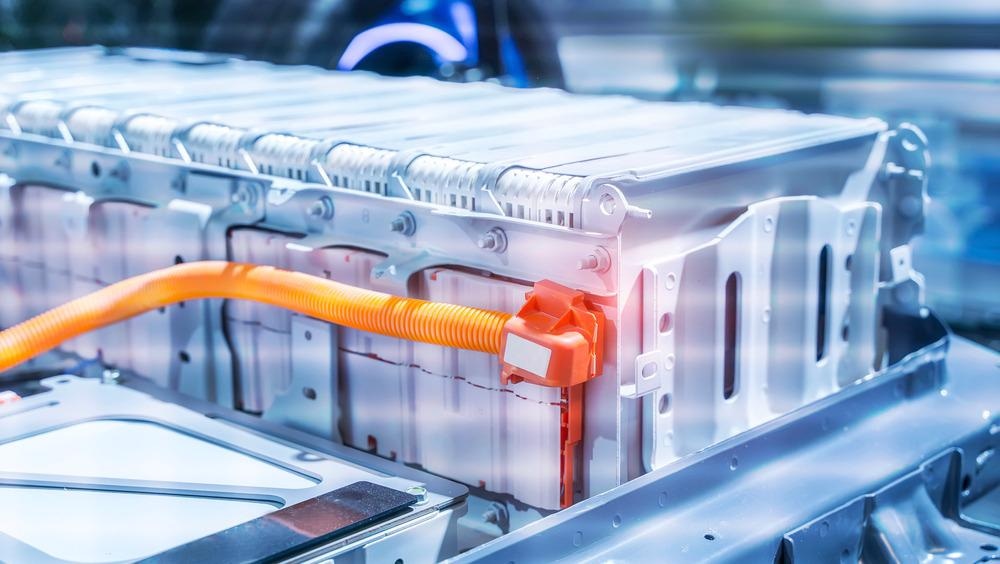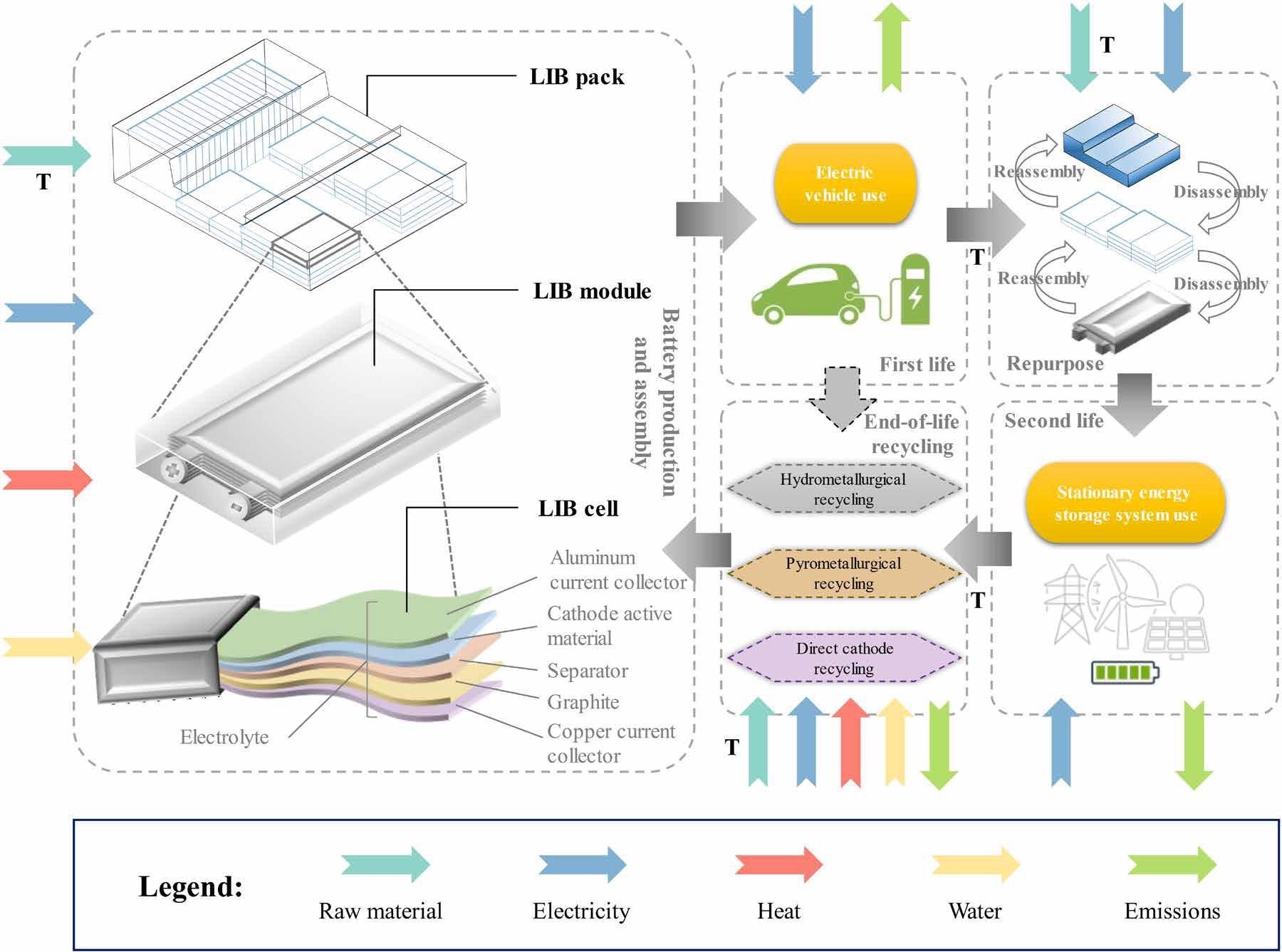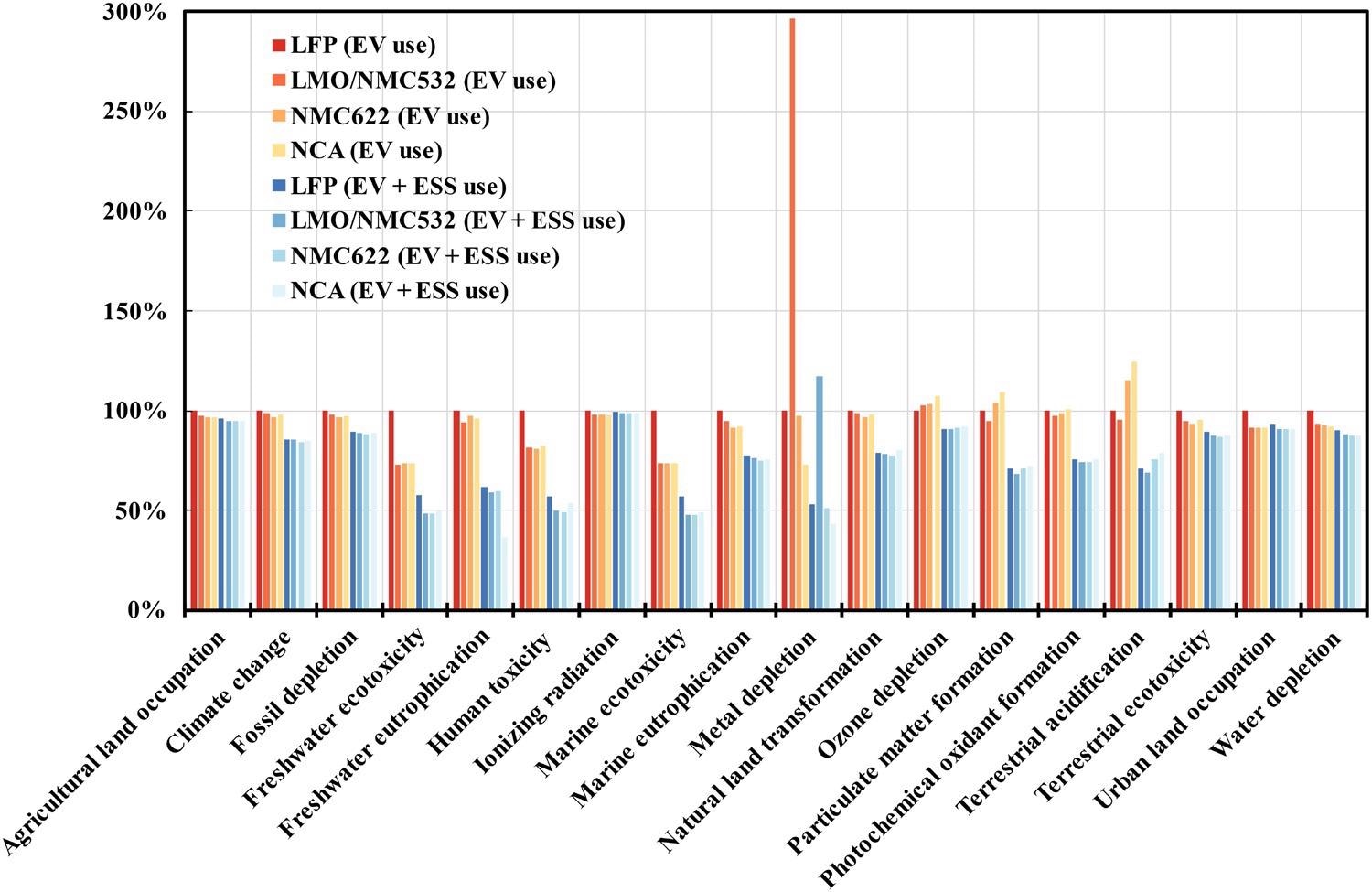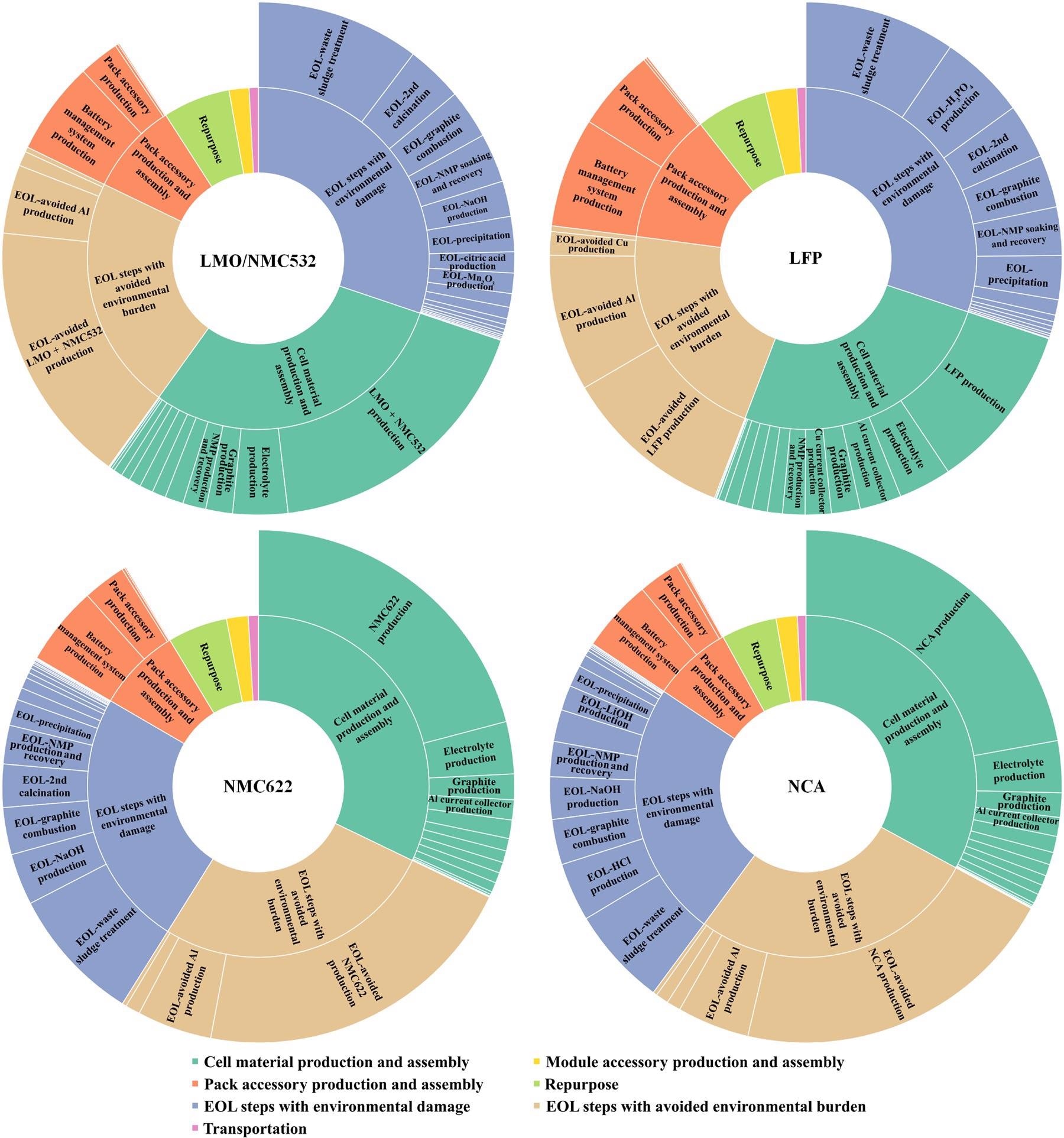Lithium-ion batteries are now constructed for performance rather than recycling or reuse, according to Science Advance Research, where electric car batteries generally last five to twelve years before losing the energy capacity required to operate a vehicle. Right now, there is not much debate regarding the environmental aspects of upgrading battery design for reuse or recycling.

Study: Second life and recycling: Energy and environmental sustainability perspectives for high-performance lithium-ion batteries. Image Credit: asharkyu/Shutterstock.com
As the global manufacturing of electric vehicles accelerates, one unavoidable result will be an increase in the number of retired lithium-ion batteries, which, with exception of traditional lead-acid car batteries, are hard to decompose.
Demand for Lithium-Ion Batteries
The demand for lithium-ion batteries (LIBs) is predicted to double by 2025 and quadruple by 2030, due to the significant expansion of the electric vehicle (EV) sector since 2010 and the growing requirement for enormous energy storage applications.
As a result, worldwide demand for essential elements used in LIBs, including such lithium and cobalt, is predicted to grow at about the same rate, posing a supply issue. Between 2018 and 2030, worldwide demand for lithium and cobalt is predicted to climb by a factor of ten, outstripping present availability.
However, the availability of cobalt might be jeopardized. Cobalt is mostly generated as a by-product of nickel and copper production. Cobalt production from mineral extraction is mostly centered in the Congo, while the majority of cobalt processing plants are in China.

System boundary of LIB life cycle with second life and three EOL alternatives, including hydrometallurgical, pyrometallurgical, and direct cathode recycling. Image Credit: Tao, Y., et al, Science Advances
Through this by-product reliance and spatial distribution knowledge, government actions or sociopolitical instability in certain locations might disrupt cobalt availability. One discovery is that the chemistry of a battery might have an influence on its total environmental impact. Cobalt is a typical battery ingredient that requires a lot of energy to mine and is bad for the environment. Nickel can be used instead of cobalt to ease these problems.
Li-Ion Recycling to be Environmentally Friendly
According to the waste framework directive, which classifies waste management practices among most to least environmentally friendly, avoiding the use of critical materials has been the most effective way to improve LIB sustainability.
Because of worries about cobalt availability and supply chain disruption, as well as the resultant price volatility and unpredictability, both research and commercial interests are shifting toward low-cobalt LIBs and no-cobalt alternatives.
Recycling LIBs, such as reusing them as energy storage systems (ESSs) after automotive usage, is ranked as the second-best approach to increase LIB sustainability from the sustainable waste management perspective.

Comparison of environmental impacts between different use scenarios for LFP, LMO/NMC532, NMC622, and NCA LIBs. The environmental impacts of different recycling methods are averaged. Red and blue colors indicate life cycle environmental impacts associated with EV use scenario and cascaded use scenario, respectively. Darker color indicates lower pack energy density. For all 18 impact categories, the LFP LIB is defined as the reference for normalization. Image Credit: Tao, Y., et al, Science Advances
Dismantling, energy generation, material production, incineration, waste sludge treatment, combustion, and energy and material recovery are all part of the LIB's end-of-life process. The ways in which the researched EOL technologies recover materials and energy varies.
To be more specific, hydrometallurgical reusing recovers metals utilizing aqueous chemical properties and typically entails leaching, precipitation, and solvent extraction; straightforward cathode recycling recuperates cathode active products directly via electrolyte extraction, and pyrometallurgical reprocessing, the most fully developed recycling method for LIBs, recovers metals in the shape of alloy thru a three-stage smelting process.
The Advantage to the Environment
Adding a second life dramatically decreases environmental consequences, while the reductions in other impact categories vary significantly. All four varieties of LIBs lower their freshwater ecotoxicity, marine toxicity, freshwater eutrophication, metal depletion, human toxicity, specific matter production, and terrestrial acidification by more than 30% on average.
The considerable reductions may be attributed to a three-fold difference in life cycle electricity delivery between the two usage scenarios, as well as energy's comparatively low contribution to these effect categories.
The study also discovered that if an electric vehicle's battery can be reused before being discarded, its overall environmental cost can be decreased by up to 17%. Power plants that store solar and wind power are one option for battery reuse.
This type of energy storage is becoming more popular, because it may make use of old batteries with lower energy capacity. A recycled battery's carbon impact lowers by around a fourth as the percentage of renewable energy contributing to the power system rises. The majority of today's recycling plants have trouble dismantling substantially protected automobile batteries and extracting the basic components within.

Carbon footprint hotspots of LFP, LMO/NMC532, NMC622, and NCA LIBs with hydrometallurgical recycling. The surrounding sunburst charts represent the hierarchical results of the carbon footprint from the life cycle stages to the process level. The inner-circle represents the upper-level stages, while the outer circle represents the lower-level processes of each stage. The colors of stages and their corresponding processes are consistent, and the value of each process and stage is proportional to the angle of concentric circles. Moreover, starting from the top, the shares of the carbon footprint for stages become smaller in a clockwise order; within each stage, the shares of the carbon footprint for lower-level processes become smaller in the same manner. Image Credit: Tao, Y., et al, Science Advances
In terms of natural land-use changes, the beneficial environmental consequences of energy and material recovery may be attributed to the land change generated by the recovery of metals from the mining extraction site. Carbon footprint and CED are two key indicators for assessing the possibilities for climate change mitigation and energy efficiency of incorporating second life and recycling into the battery life cycle.
Based on the batteries chemistry and recycling process, adding second life decreases carbon footprint by 8 to 17 percent and CED by 2 to 6 percent.
Increasing nickel content and reduced cobalt content of LIBs tend to move their product lifecycle carbon footprint and CED downward when the recycling process and usage scenario are kept constant because less material and energy is required for both manufacture and recycling.
Reference
Tao, Y., et al. (2021). Second life and recycling: Energy and environmental sustainability perspectives for high-performance lithium-ion batteries. Science Advances. Published online: 5 Nov 2021. Vol 7, Issue 45. https://www.science.org/doi/10.1126/sciadv.abi7633
Disclaimer: The views expressed here are those of the author expressed in their private capacity and do not necessarily represent the views of AZoM.com Limited T/A AZoNetwork the owner and operator of this website. This disclaimer forms part of the Terms and conditions of use of this website.